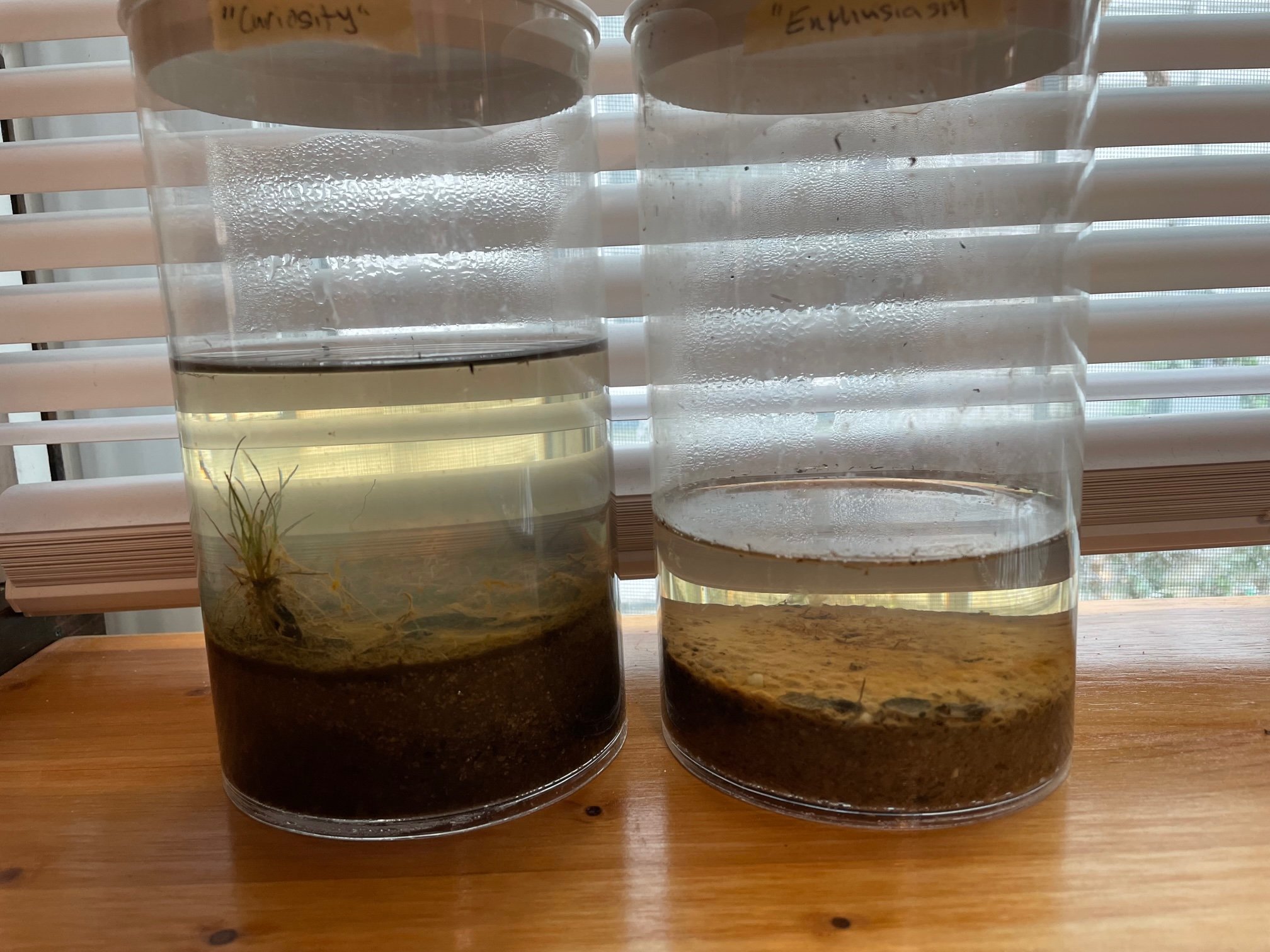
Homegrown Ecosystem Study
Whatever it is, let’s watch, wonder, and discover!
Welcome to Wonderland!
Among plenty of other things, I’m a field ecologist.
An ecologist is a scientist who studies how organisms interact with their living and non-living environments. A field ecologist means that I study these things in the context of the outdoor environment, rather than from behind a computer as a theoretical or computational ecologist might do. I learned how to be a scientist by working WITH other scientists and by “DOING” science. In other words, I spent a lot of time outside, often by myself, counting things and wondering what I was looking at. In the early years, many of my days involved similar tasks. “Count the plants in this square of forest floor…again…again…again…” and “Go outside with your tape recorder for the day and see if you can catch a few minutes worth of songs from some banded birds…again…again…again…” You get the idea.
So, after 20 years of being an ecologist and teaching others about ecology and research, I could look at these containers at any given time and probably talk for an hour about all the different things happening inside. But simply listening to someone geek out about ecology is not how you are going to develop your own habits and skills of curiosity and discovery!
This series of posts is designed as a process of mentorship and co-discovery. I’ll periodically post pictures and descriptions of the containers as they develop. I’ll walk you through some of my thought processes, and I’ll liven things up with commentary about best-practices and strategies for developing curiosity and cultivating good habits and research skills. (Research, by the way, is done in every professional field. Whether or not a person winds up working in the sciences, cultivating research skills - such as curiosity, observation, analysis, and communication - will serve anywhere a person chooses to go.)
And Welcome to the Journey!
There are plenty of forest/ecosystem-in-a-jar instructions around, but many of the DIY instructions that we have come across are open systems that require some maintenance (such as changing out dirty water or adding more water).
If you choose to follow along at home with your own jar (we highly encourage one or multiple jars, because you will see different things), we recommend using a capped, closed system for the purposes of this study. We find it lends a little more to the air of mystery around what’s happening inside.
We will post guidelines for creating your own ecosystem at another point.
For now, onward!
Legend
Vocabulary. I will throw out vocabulary without always defining it. Help your co-discoverer wonder about what it means, look up the answer together (even if you have to pretend you don’t know it “I need a refresher” or “scientists might have learned something new since the dark ages” will work), and help your student apply what you learn together. One of the most important parts of this process is that you are modeling how to find information.
Benefits or best practices. I am going to point out various ways that a study like this develops skill, problem-solving, and adaptation. I’ll also highlight best practices from different fields.
22 April: Day 0
With the lids capped tight on these containers, each of these is functionally a closed ecosystem. What’s in there is in there. Nothing is immigrating or emigrating.
What are some of the things you notice immediately about each of these containers?
Using your own container(s), challenge yourself and try to list 20 observations for each container you have. (It took me about 25 min for each one!)
What did you learn from doing this exercise of observing 20 things?
One of the great benefits of working on a project where you immediately revisit your data, is that you can very quickly see how to adapt your note-taking strategies.
For example, the container on the left was very clear when I took this picture. It is a little difficult to see how clear, because the lighting is not very good. What do I learn from seeing this picture shortly after I took it? I need to pay attention to lighting as I collect pictures!
Be a Guide: Help your learners discover a process
Use WHAT you know to help others figure out HOW you learned it.
What to do with vocabulary
There will be many times in your life when you will come across a word or term that is unfamiliar to you. When this happens:
Look it up!
Figure out how it applies to your immediate situation.
Think through an alternative way to apply it.
Write or tell someone what you find interesting about that concept. “Nothing” is going to require more effort. Come up with something. Every time.
Tomorrow and again in a week, recall your new idea and apply it in a sentence or in context with a new situation.
1 May: Day 8
Coming Soon!
Week 2
Coming Soon!



